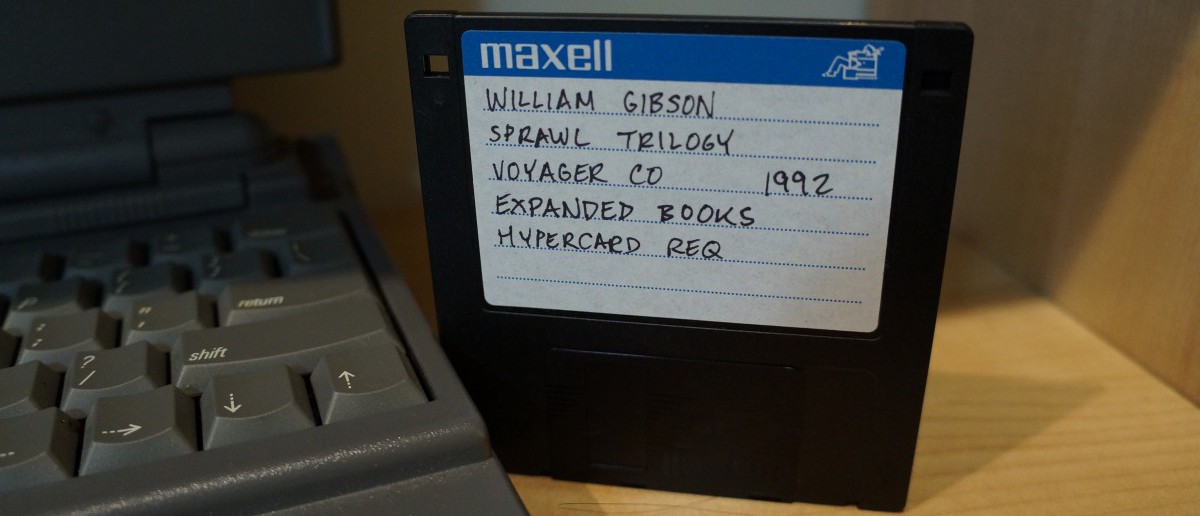During the first ten minutes of class, gather your thoughts about the reading for today’s class: Carolyn Handler Miller’s Digital Storytelling, Chapter 1, and very quickly write a summary memo of the chapter with an emphasis on the differences between traditional storytelling and digital storytelling. Your memo should include a header with the subject being this post’s title. It is better for you if you write your summary from memory, but if you get stuck recalling something, feel free to refer to the book. These beginning of class writing assignments are graded on best effort and are meant to help you solidify concepts from reading your memory.
3 thoughts on “Reading: Miller’s Digital Storytelling, Chapter 1”
Leave a Reply
You must be logged in to post a comment.




To: Professor Jason Ellis
From: Mariah Rajah
Date: February 8th, 2016
Re: Response to Miller Chapter 1
Miller’s Chapter 1, explores key concepts such as the difference in storytelling over various periods of time. The chapter explains what digital storytelling is and how it differs from ‘campfire storytelling’. Digital storytelling is narrative entertainment which reaches the audience via digital technologies and medias. It also has an interactive component which also was found in reenactment or drama types of storytelling. The chapter focuses on explain myths and how the key features or core elements of storytelling such as symbolism and participation have continued on into digital storytelling. One of the biggest difference between ‘campfire storytelling’ and digital storytelling is that digital storytelling has a fluid manner. People who are interacting with the story have the choice to become a part of it and build their own story. They have the choice to choose their own path and weave their way through the plot of the story. Digital storytelling in a sense is a user’s’ own story within someone else. It a personal narrative through the vision of a media platform whether through video games or mobile apps.
To: Professor Ellis
From: Samantha
Date: 2/8/16
Subject: Chapter 1 Summary
Miller’s first chapter brings up the key differences between what we call traditional storytelling and digital storytelling. The main difference that is noted first is on the second page where she says traditional narratives are “analog” whereas new narratives come to us digitized. So basically in traditional or early forms of storytelling the stories are on paper, they’re not interactive, they’re on dimensional. New forms of storytelling or digital storytelling come to us in digital mediums, meaning we are able to interact with and essentially be apart of them. Though they are vastly different they share a common concept of a character or characters being caught up in conflict or drama that gets resolved through the narrative. Many forms of storytelling involve drama that captured the reader’s attention in some form, ancient games were very dramatic as were sporting events and were told in ways that captured interest and need to know more. Now with digital storytelling those same themes apply but with hands on interaction from the user, they’re able to choose and navigate different options of the story not previously available in analog storytelling.
To: Professor Ellis
Form: Pamela Drake
Subject: Digital Storytelling – Summary of Chapter 1
Date: February 8, 2016
Chapter one of Digital Storytelling by Carolyn Handler Miller describes the difference between traditional storytelling and digital storytelling. Miller explains that while traditional storytelling relies on word of mouth and print format, are pre constructed with elements of the story that cannot be changed, usually told in a linear manner and experienced passively with a unchangeable ending, digital storytelling allows stories to be told easily and quickly, is interactive and easier to share, allows for immediate feedback. Miller further explains that digital storytelling is participatory, controlled by the user, and nonlinear. In concluding, Miller states that although digital storytelling has certain aspects unreached by traditional storytelling, it is lacking in creating the extent of emotion that traditional storytelling is able to elicit. This, Miller claims, is untapped emotional potential that still remains to be developed.